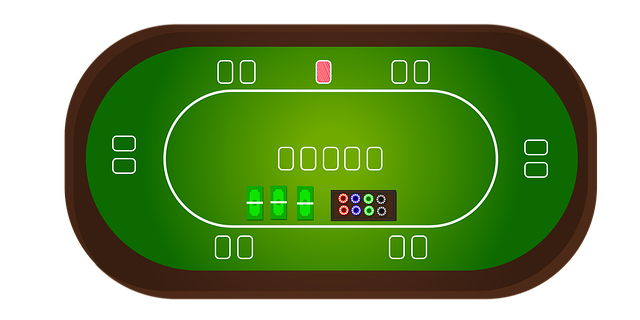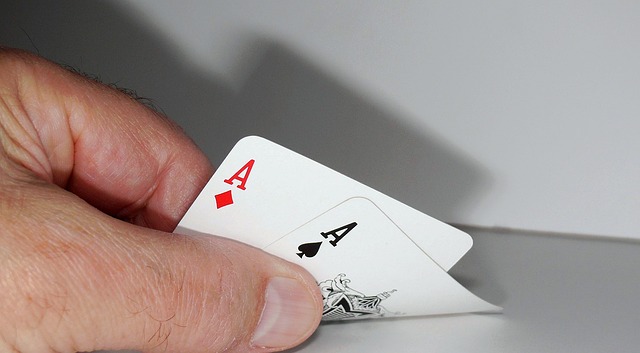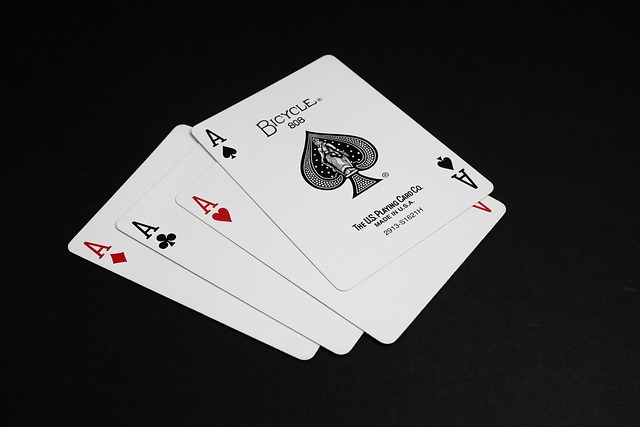Understanding poker hand rankings, from pairs to complex combinations, is vital for playing How to Play Poker. Knowing the hierarchy guides strategic decision-making, enhancing gameplay complexity and overall strategy. While pairs have equal cards, two pairs feature identical ranks. Stronger pairs beat weaker ones. Recognizing royal flushes, straight flushes, and four of a kinds for advanced strategizing offers greater winning potential and dictates risk adjustments in complex situations.
Poker is a game of skill, strategy, and knowing your cards. Understanding poker hand rankings is essential for any player looking to master the art of the game. This guide will walk you through the basic rankings, from high card to royal flush, helping you navigate the exciting world of poker. We’ll explore key differences between hands like pairs and two pairs, and delve into advanced strategies for higher-ranking combinations, all while enhancing your How to Play Poker expertise.
- Understanding Basic Poker Hand Rankings
- Comparing Hands: Pair vs. Two Pairs
- Advanced Strategizing with Higher Hands
Understanding Basic Poker Hand Rankings
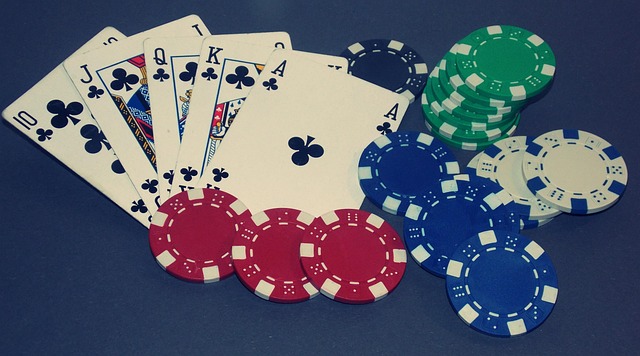
Understanding basic poker hand rankings is crucial when learning how to play poker. In poker, players aim to form the best five-card combination from a standard deck of 52 cards. The ranking of hands determines the winner in any given game.
The most common poker hand rankings start with High Card and progress to more complex combinations like Pair, Two Pair, Three of a Kind, Straight, Flush, Full House, Four of a Kind, Straight Flush, and the highest ranking hand being the Royal Flush. Familiarizing yourself with these rankings is essential for strategic decision-making while playing poker, as it helps you gauge the strength of your hand and make informed choices during gameplay.
Comparing Hands: Pair vs. Two Pairs
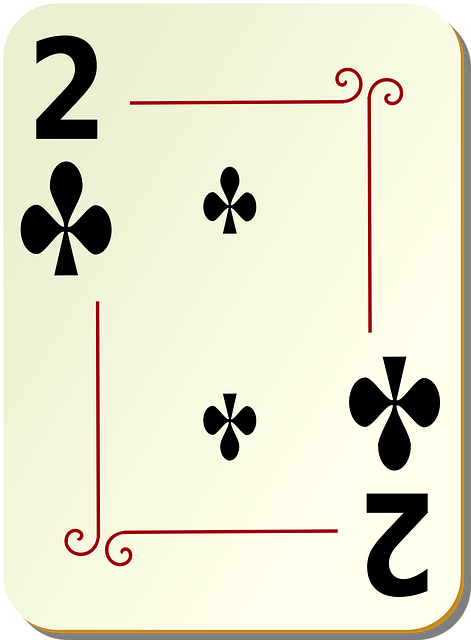
When comparing poker hands, understanding the value of different combinations is key to mastering how to play poker. A fundamental distinction lies between a pair and two pairs. A pair consists of two cards of the same rank, while two pairs involve two sets of identical ranks. For instance, holding two 7s and a 5 would be a pair, whereas having two 10s and two 5s constitutes two pairs.
Evaluating these hands is straightforward yet crucial in strategic poker play. If two players show their cards and one has a pair while another has two pairs, the hand with two pairs is higher. This hierarchy extends to stronger pairs; for example, a pair of kings beats a pair of queens. Knowing these rankings allows players to make informed decisions, understanding that two pairs offer greater strength in most cases during gameplay.
Advanced Strategizing with Higher Hands

In the intricate world of poker, understanding hand rankings is just the beginning. For those looking to elevate their game and employ advanced strategizing, recognizing the value of higher hands is paramount in How to Play Poker. Hands like royal flushes, straight flushes, and four of a kinds demand respect and can significantly sway the outcome of a round.
Players adept at poker recognize that these superior hands not only offer greater winning potential but also dictate their overall strategy. Knowing when to embrace risk with such strong cards and how to adjust your play against them is crucial. By mastering this aspect, players can navigate complex situations, outsmart opponents, and ultimately enhance their performance in any poker game.
Poker is a game of strategy and understanding hand rankings is key to improving your skills in “How to Play Poker”. By grasping the concepts covered, from basic pairs to advanced combinations like straight flushes and royal flushes, you’ll be better equipped to navigate the exciting world of poker. Remember, practicing and comparing hands regularly will help refine your game and boost your confidence at the table.

